Lighting plays a crucial role in shaping the atmosphere and experience within a shopping mall.
Thoughtful lighting design goes beyond mere visibility; it creates a welcoming ambiance, helping visitors feel at ease while guiding them through spaces and highlighting key areas.
With a blend of ambient, accent, and task lighting, malls can create an inviting atmosphere, enhancing everything from product displays to general navigation, all while ensuring safety both inside and outside.
Today, LED lighting is at the forefront of this transformation. Unlike traditional lighting, LEDs offer superior energy efficiency, long lifespan, and low maintenance.
They enable mall operators to cut energy costs by up to 80%, reduce maintenance frequency, and create custom lighting effects suited to any space.
As a result, well-planned LED lighting not only elevates the shopping experience but also keeps operational costs low, making it the perfect choice for modern shopping malls.
Benefits of LED Lighting in Shopping Malls
LED lighting brings numerous advantages to shopping malls, transforming spaces both functionally and aesthetically.
Here’s a look at the top benefits:
-
Energy Efficiency: LED lights can reduce energy costs by up to 80% compared to traditional lighting, making them a smart choice for energy-conscious mall owners.
-
Longevity and Low Maintenance: With a lifespan of up to 50,000 hours, LED lights require far less frequent replacement, helping reduce maintenance time and costs.
-
Enhanced Light Quality and Safety: LEDs improve visibility and color rendering, enhancing the shopping experience. They also boost safety, making it easier to navigate indoor and outdoor areas, including parking lots.
-
Design Flexibility: Available in various shapes, colors, and intensities, LED lighting is highly customizable. This flexibility allows malls to tailor lighting for different areas, such as storefronts, food courts, and outdoor spaces, creating the right ambiance for every environment.
Key Types of Mall Lighting and Their Applications
A well-rounded lighting strategy in shopping malls includes various types of lighting to cater to different needs, from general ambiance to targeted highlights.
Ambient Lighting

Ambient lighting provides a base layer of illumination across the entire mall, ensuring clear visibility and creating a welcoming environment.
Typically, it comes from overhead fixtures that maintain a consistent mood without drawing attention to any specific feature.
Accent Lighting

Accent lighting is used to highlight specific areas or products, drawing shoppers’ focus to select displays, store entrances, or architectural details.
This lighting type creates contrast and can be adjusted in intensity or color temperature to guide attention naturally.
Task Lighting

Functional areas like entrances, customer service desks, and checkout counters benefit from task lighting.
This focused lighting ensures shoppers and staff have sufficient brightness for activities that require attention, like handling transactions or reading signage.
Emergency and Safety Lighting

Emergency lighting is essential for mall safety, providing visibility during power outages or emergencies.
Exit signs and pathway lighting guide visitors to exits, ensuring safe navigation.
Decorative Lighting

Beyond functionality, decorative lighting enhances the mall’s overall aesthetic and ambiance.
Often found in areas like atriums, fountains, or seating areas, decorative lights add visual interest and contribute to a distinctive mall experience, encouraging shoppers to linger and enjoy their surroundings.
Lighting Solutions for Different Mall Zones
Each area of a shopping mall has distinct lighting needs, from the welcoming entrance to the essential parking lot lighting.
Here’s how to create optimal lighting for each zone:
Entrance and Façade
The mall’s exterior sets the first impression, so inviting and dynamic lighting is crucial.
LED floodlights or accent lighting work well to highlight architectural features, while adding eye-catching LED designs can elevate the look.
Using programmable LED lights allows for seasonal or event-based changes, making the mall more attractive to passersby.
Parking Lots and Walkways
For safe navigation, parking lot lighting should prioritize visibility and security.
Installing light poles with recommended heights between 15-20 feet helps achieve broad coverage, with LED lights delivering 12,000 to 18,000 lumens for effective illumination.
A color temperature between 4000-5000K is ideal for outdoor visibility, balancing brightness without being harsh on the eyes.
Retail Stores and Common Areas
Inside stores, a mix of ambient and accent lighting is essential for showcasing products attractively.
In these areas, use LEDs with high CRI (Color Rendering Index) for accurate color representation, especially in clothing or home décor stores.
Color temperatures from 2700K to 4000K work well in retail settings, with warmer tones creating a comfortable atmosphere and cooler tones highlighting specific products.
Food Courts and Lounges
These communal areas benefit from soft, ambient lighting that fosters relaxation and encourages visitors to linger.
Lower color temperatures, such as 2700K to 3000K, create a warm and cozy environment, enhancing customer comfort and the likelihood of extended stays.
Restrooms and Service Areas

Bright, functional lighting is essential for these spaces, ensuring cleanliness and security.
LED fixtures with 4000K provide a balanced, cool light that feels clean and professional.
Position lighting near mirrors and over sinks for clarity, and choose fixtures that minimize glare.
Optimizing Lighting for Shopper Experience and Ambiance
Creating an enjoyable shopping environment involves thoughtful lighting choices that guide customers, set the mood, and enhance the overall ambiance.
Here are key ways to optimize mall lighting for an exceptional shopping experience:
Using Color Temperature and CRI

The color temperature and Color Rendering Index (CRI) of lighting greatly impact how shoppers perceive products and spaces.
For a welcoming ambiance, maintain a consistent color temperature between 3000K and 5000K across the mall.
Warmer tones (around 3000K) create a cozy feel ideal for lounging areas, while cooler tones (closer to 5000K) enhance focus and product visibility.
A high CRI (90+) ensures accurate color representation, which is especially important in retail stores.
Seasonal and Event Lighting

Using festive and thematic lighting during holidays or major sales can boost mall ambiance and draw attention.
Programmable RGB LED lights are perfect for adding seasonal colors, whether it’s red and green for Christmas or pastel hues for spring sales.
Event lighting also creates a memorable shopping experience, encouraging more foot traffic and extended visits.
Strategic Light Placement and Contrast

Effective lighting placement and contrast guide shopper focus without creating visual clutter.
Using contrast ratios, like a 3:1 ratio for accent lighting, helps build a visual hierarchy that emphasizes specific displays or architectural features.
Consider using softer ambient lighting paired with brighter accent lighting to subtly direct attention without overwhelming shoppers, making the mall’s layout intuitive and engaging.
Advanced LED Technology for Shopping Malls
Modern LED technology brings a suite of advanced options for malls, allowing for adaptive lighting that enhances both operational efficiency and customer experience.
Dimmability and Smart Control Systems

Dimmable LED lighting provides flexibility for creating the right ambiance throughout the day.
Brighter settings are ideal during peak hours, while softer lighting can enhance relaxation in the evenings.
Dimmable LEDs not only reduce energy consumption but also allow for mood-specific lighting adjustments in lounges, food courts, and event spaces, adding to the mall’s overall appeal.
Smart Lighting and IoT Integration

With smart lighting and IoT technology, mall lighting can adjust automatically based on occupancy, time of day, or specific energy-saving settings.
These systems can be programmed to brighten walkways during busy hours or dim parking lot areas when they’re less occupied.
Advanced IoT systems can also interact with customer apps, enabling features like wayfinding or personalized promotions based on a shopper’s location, making the shopping experience more engaging and efficient.
Safety and Security with LED Lighting
Ensuring safety and security is a fundamental aspect of shopping mall lighting, particularly for high-traffic areas like parking lots and walkways.
LED lighting provides both reliability and efficiency in these critical zones:
Parking and Walkway Safety
Well-lit parking areas and pathways are essential for visibility and security, allowing visitors to navigate safely, especially during nighttime hours.
LED floodlights with high lumen output offer consistent brightness, reducing blind spots and acting as a deterrent for potential security risks.
Positioning lights strategically at intervals also ensures uniform coverage across larger outdoor areas.
Emergency Backup and Signage

LED lighting systems with emergency backup functionality are vital for safe evacuations in case of power outages.
Emergency LED lights, equipped with quick-response battery backups, activate instantly, providing sufficient light for emergency signage and exit pathways.
Aim for a color temperature around 5000K to maintain clear visibility, guiding both customers and staff safely during unexpected situations.
Choosing the Right LED Fixtures and Setup for Each Area
Selecting the appropriate LED fixtures and setup for each area in a shopping mall is essential for achieving the right ambiance, visibility, and energy efficiency.
Here’s how to approach fixture choice, placement, and setup for optimal results:
Fixture Types and Placement
Different areas require different types of lighting fixtures. For example:
- Pole-mounted floodlights are ideal for outdoor parking lots and walkways, providing wide coverage and strong illumination.
- Recessed ceiling lights work well in hallways and common areas, ensuring unobtrusive lighting that maintains a clean aesthetic.
- Decorative lighting fixtures, such as pendant lights, can enhance specific zones like entrances or seating areas for a visually appealing, welcoming effect.
Lumens, Wattage, and Coverage

To ensure even lighting across mall spaces, it’s important to calculate lumens per square foot based on area function:
- For general areas like common spaces, aim for around 20-30 lumens per square foot to maintain a comfortable level of illumination.
- Task areas such as checkout counters or fitting rooms might need 50 lumens per square foot for focused lighting.
- Calculate wattage based on area needs, using LED fixtures with high efficacy to maximize energy savings.
Color Temperature and CRI

The color temperature and CRI (Color Rendering Index) you choose will influence the atmosphere and visual quality within the mall:
- Opt for 2700K-3000K in areas where a warm, welcoming tone is preferred, like lounge areas and cafés.
- Use 4000K-5000K in task-oriented zones like corridors and restrooms for brighter, more focused lighting.
- A CRI of 90+ is ideal for retail areas, ensuring colors are vivid and products look true-to-life, enhancing shopping experience and product appeal.
Sustainability and Cost-Saving Benefits of LED Retrofits
Switching to LED lighting in shopping malls offers numerous advantages, both for sustainability and long-term cost savings.
Here’s how LED retrofits can positively impact your mall:
LED Retrofits for Existing Systems

Retrofitting existing lighting systems with LEDs allows you to reduce costs without needing a complete overhaul.
This process involves replacing older, inefficient fixtures with LED alternatives that fit into existing setups, making it a convenient, low-hassle solution.
Retrofitting is an excellent way to enhance energy efficiency and lighting quality with minimal disruption.
Environmental Impact

LED lighting has a significant positive environmental impact.
LEDs consume up to 80% less energy than traditional incandescent or fluorescent lights, which directly reduces the carbon footprint of shopping malls.
This aligns with green initiatives and shows commitment to sustainable practices, appealing to eco-conscious shoppers and contributing to corporate social responsibility goals.
Financial Returns on LED Upgrades
![]()
The ROI (Return on Investment) for LED upgrades is highly favorable. Although initial installation costs may seem high, energy savings typically offset these expenses within just a few years.
Additionally, the long lifespan of LEDs—up to 50,000 hours—means reduced maintenance costs, making LED retrofits a smart investment with lasting financial benefits.
FAQs on Mall Lighting
What color temperature is best for mall interiors?
For mall interiors, a color temperature between 3000K and 4000K is generally ideal, as it provides a balanced, welcoming ambiance. For areas requiring higher visibility, such as task areas or display highlights, consider up to 5000K for a crisp, daylight-like effect.
Can LED lighting improve mall sales?
Absolutely. LED lighting enhances product visibility and color accuracy, which can make products more appealing. Additionally, well-designed lighting improves shopper comfort and creates a memorable ambiance, encouraging visitors to spend more time—and money—in the mall.
How to maintain LED lights in large spaces?
LEDs require minimal maintenance due to their long lifespan. Periodic inspections to ensure all fixtures are operational and dust-free is generally sufficient. For hard-to-reach areas, investing in smart controls can allow for remote monitoring, reducing the need for frequent physical maintenance.
Is dimmable lighting essential for malls?
Dimmable lighting isn’t essential but is highly beneficial. With dimmable LEDs, you can adjust lighting levels to create a comfortable atmosphere during the day and evening. This flexibility also saves energy and allows for a tailored shopping experience that aligns with different times of day or events.
Conclusion
In summary, effective mall lighting enhances ambiance, safety, and energy efficiency, making it essential for creating an inviting shopping experience.
With advancements in LED technology, malls can achieve both operational savings and a welcoming environment for shoppers.
Ready to transform your mall with innovative LED solutions?
Contact us today to explore options that fit your needs and elevate your space.


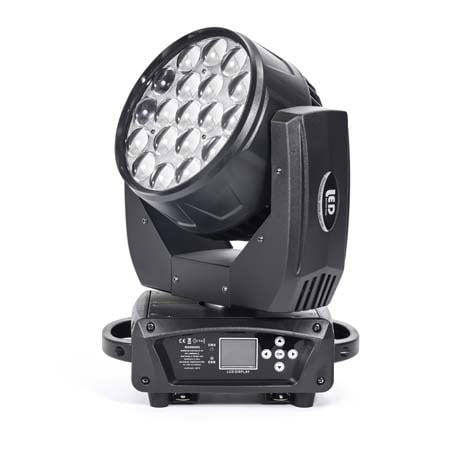





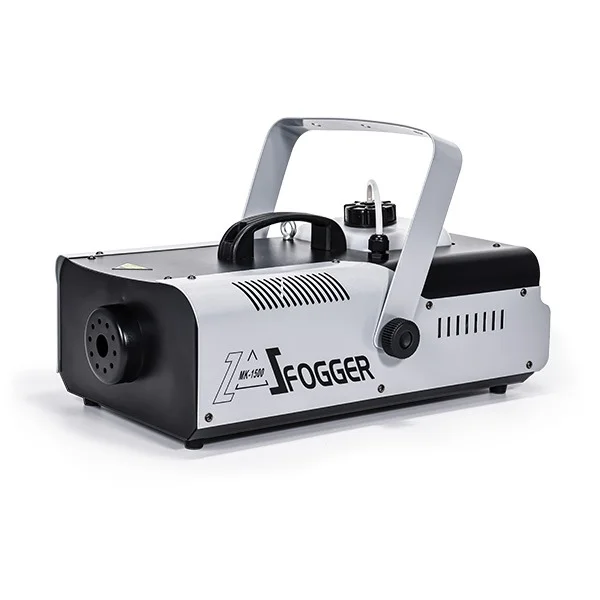
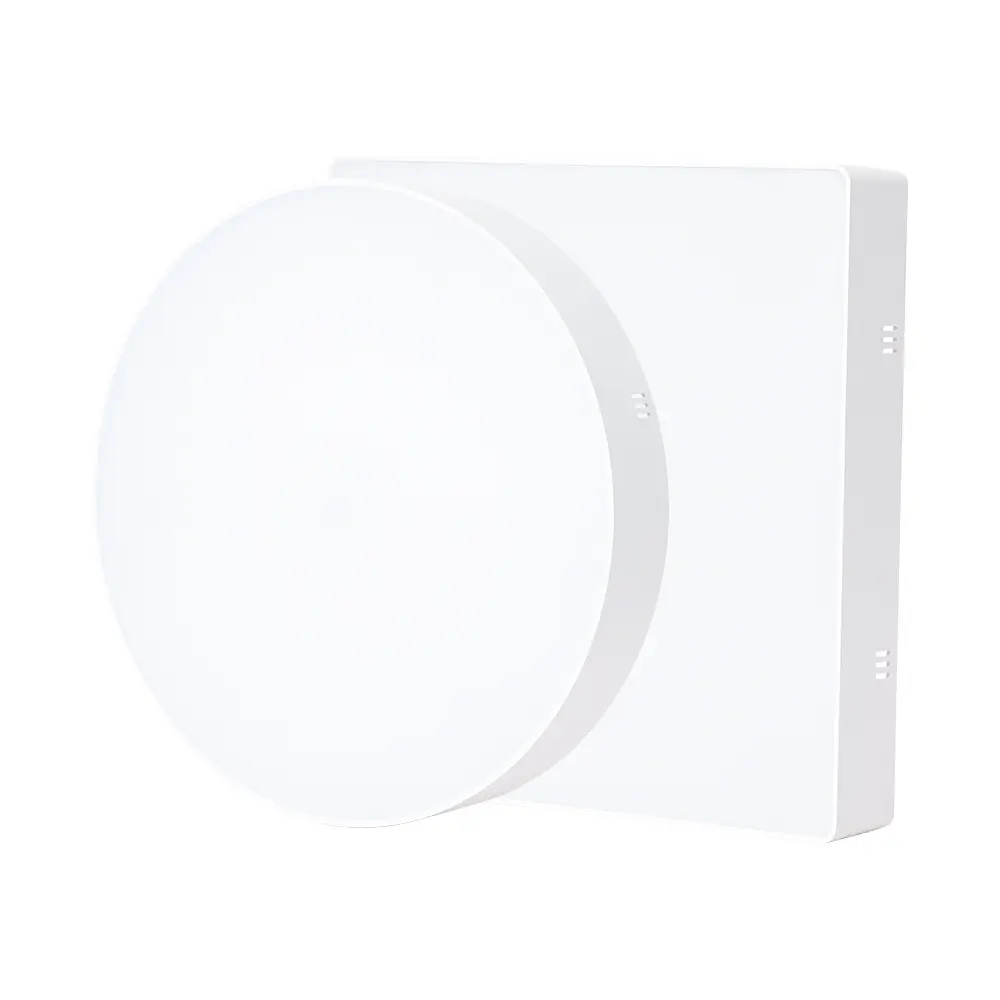

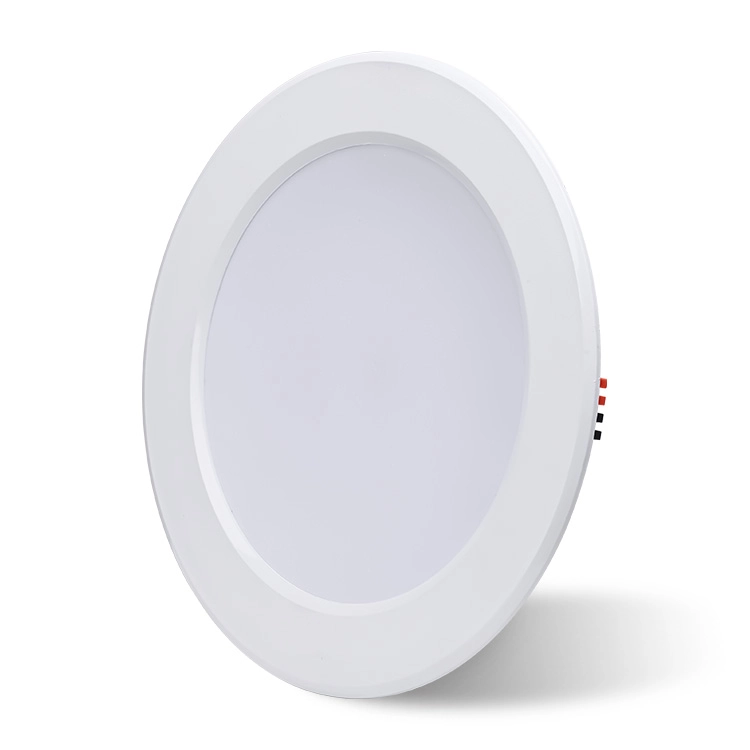
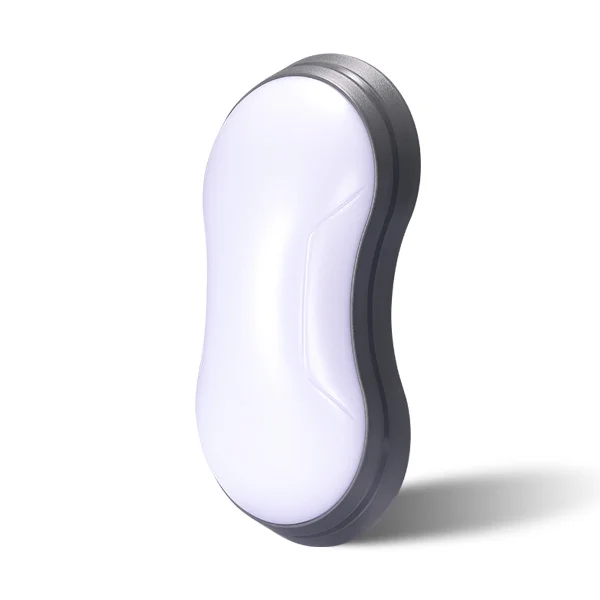

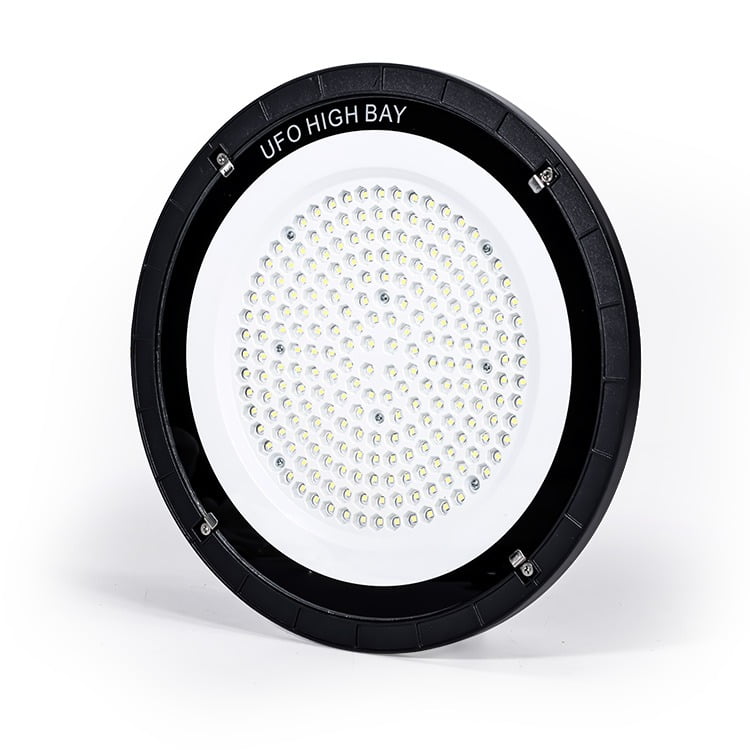
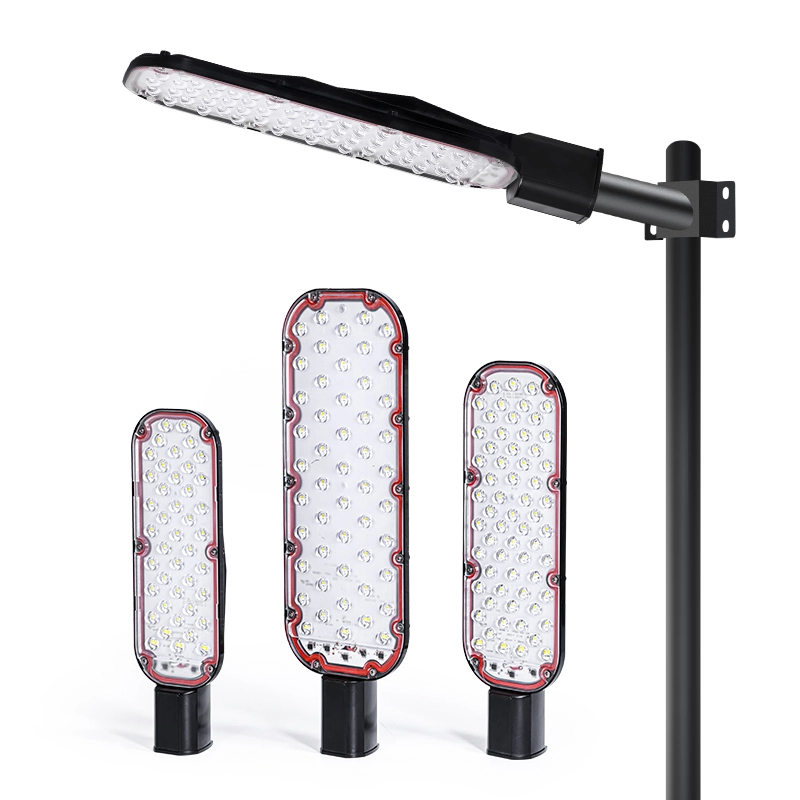

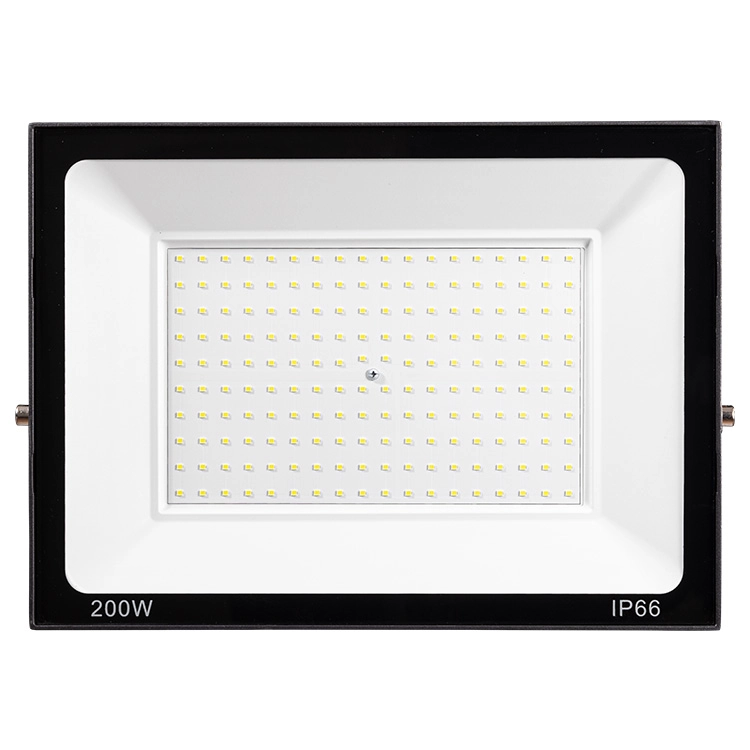
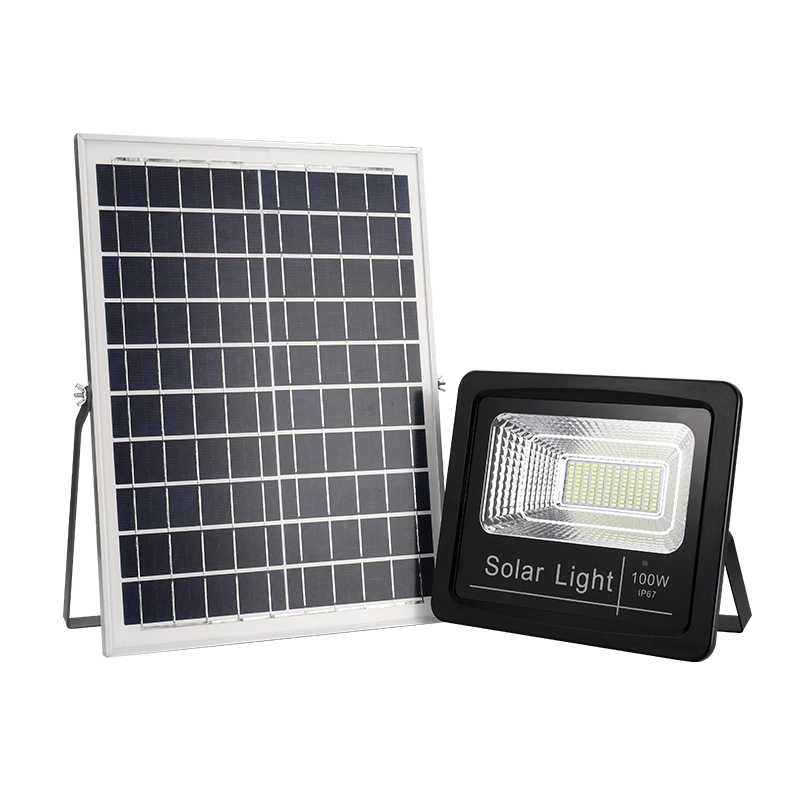






![led design ideas - 17 LED Design Ideas to Transform Your Home [February 2025] - Vorlane led design ideas - 17 LED Design Ideas to Transform Your Home [February 2025] - Vorlane](https://vorlane.com/wp-content/uploads/2025/01/led-design-ideas.webp)
![outdoor lighting ideas - 20 Brilliant Outdoor Lighting Ideas: Transform Yard [2025] - Vorlane outdoor lighting ideas - 20 Brilliant Outdoor Lighting Ideas: Transform Yard [2025] - Vorlane](https://vorlane.com/wp-content/uploads/2025/02/outdoor-lighting-ideas.jpg)
![disadvantages of led lights - Disadvantages of LED Lighting: Reveal Cost, Real Risk [2025] - Vorlane disadvantages of led lights - Disadvantages of LED Lighting: Reveal Cost, Real Risk [2025] - Vorlane](https://vorlane.com/wp-content/uploads/2025/01/disadvantages-of-led-lights.webp)
![Best LED Lights for Home - Best LED Lights for Home: Top Choices [2025] - Vorlane Best LED Lights for Home - Best LED Lights for Home: Top Choices [2025] - Vorlane](https://vorlane.com/wp-content/uploads/2025/01/Best-LED-Lights-for-Home.webp)
![beam angle calculator - Beam Angle Calculator – Simplify Lighting Calculations [2025] - Vorlane beam angle calculator - Beam Angle Calculator – Simplify Lighting Calculations [2025] - Vorlane](https://vorlane.com/wp-content/uploads/2025/01/beam-angle-calculator.webp)
![COB Light vs Panel Light - COB Light vs Panel Light: Understanding the Differences [2025 ] - Vorlane COB Light vs Panel Light - COB Light vs Panel Light: Understanding the Differences [2025 ] - Vorlane](https://vorlane.com/wp-content/uploads/2025/01/COB-Light-vs-Panel-Light.jpg)

